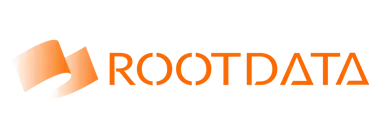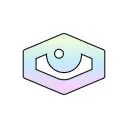Account Abstraction: Simplifying Your Crypto World
Sep 19, 2024 04:44:22


Author: Jian Shu, OdailyNews
On July 17, at the Ethereum Community Conference (EthCC) held in Paris, Ethereum co-founder Vitalik delivered a public speech titled "The History and Future of Account Abstraction," expressing his support for account abstraction wallets. This is not the first time he has advocated for account abstraction; in earlier years, he stated in his blog that "account abstraction has always been a dream of the Ethereum developer community."
So, what problems does account abstraction aim to solve? And what exactly is being abstracted? This article will explore these questions in detail.
1. Starting from Ethereum's Account Model
Before delving into account abstraction, we must first understand the basic Ethereum account model and recognize the issues present in current wallets.
Wallet accounts on Ethereum are mainly divided into two types: Externally Owned Accounts (EOA) and Contract Accounts (CA). The comparison between the two is as follows:

The wallets we are familiar with, such as Metamask, imToken, and OneKey, are traditional EOA wallets controlled directly by a user's private key.
Disadvantages of Traditional EOA Wallets
- High Barrier to Entry
Cryptocurrency wallets are an important entry point for users into the Web3 world; however, they are not user-friendly for newcomers. Many people need to learn concepts such as private keys, public keys, addresses, and mnemonic phrases before they can use a wallet. This presents a high barrier for Web2 users who are accustomed to a single account-password system.
- Single Security Guarantee, High Risk of Asset Loss
A user's public key is randomly generated based on their private key, creating a binding relationship between the two. The private key is the only way for users to access their EOA; whoever holds the private key holds the assets. If the private key is lost, all current assets associated with that EOA will be irretrievable. Additionally, if the private key is stolen for any reason, the user has no recourse other than to quickly transfer their wallet assets, or else they risk losing them.
- Inability to Implement Custom Features
EOAs have weak programmability and cannot implement batch transactions, automatic fund withdrawals, or other user-customized features. For example, if a user deposits ETH into Lido and wants to exchange the stETH they receive for USDT, using a traditional EOA wallet would be a cumbersome process, greatly affecting user experience. If they used a wallet that supports customizable features, they would only need to perform one transaction.
- Expensive and Inflexible Gas Fees
Every transaction on the Ethereum network incurs gas fees, making the transaction costs for small amounts seem very high, especially during network congestion. Additionally, users must always hold ETH in their wallets to pay for transaction fees, as they cannot use other tokens to cover these costs. Such expensive and rigid gas fees often trouble many ordinary users.
The account abstraction technology that Ethereum community developers have been exploring aims to address the drawbacks of using traditional EOA wallets.
2. What Exactly is Account Abstraction Abstracting?
When first hearing the term "Account Abstraction," one might wonder what exactly is being abstracted. In the Chinese context, this can be quite difficult to understand, but in the English context, "Abstraction" also means extraction. "Extraction," as the name implies, involves taking the essence of one or two things while discarding the extraneous parts.
From this perspective, "Account Abstraction" can be explained as extracting and merging the functionality of EOA accounts that can actively initiate transactions with the capabilities of CA accounts into a new programmable universal account. This allows us to abandon cumbersome private keys/mnemonic phrases and log into accounts using simple identity verification methods like email, while also enabling more customizable account features and more flexible gas payments, which can even be sponsored by DApps.

Transition from Manual to Automatic Transmission
To explain the difference in user experience between using a traditional EOA wallet and an AA (Account Abstraction) wallet from the user's perspective, it can be likened to the transition from driving a manual transmission car to an automatic transmission car. When learning to drive a manual car, one must first understand the matching of gears and speed, the coordination of the accelerator and clutch, and the techniques for shifting gears; otherwise, there is a risk of engine wear and stalling when actually driving. However, driving an automatic car is much simpler; users only need to understand basic operations like accelerating, braking, and parking in neutral to drive easily, and they can also benefit from many intelligent features not available in manual cars. This is essentially the abstraction of complex operations in manual cars.
Account abstraction is similar; it simplifies the original operations of wallets and enhances the user experience, allowing users to focus on using the wallet without worrying about the underlying operational logic.
ERC-4337 Operating Principle
Since Vitalik proposed the first account abstraction proposal EIP-86 in February 2017, the Ethereum community has iterated many specific ideas for account abstraction operations. However, due to the proposals being incomplete or requiring changes at the consensus layer, they were not ideal for Ethereum. It wasn't until the proposal of EIP-4337 in September 2021 that account abstraction became possible without changing the Ethereum consensus protocol.
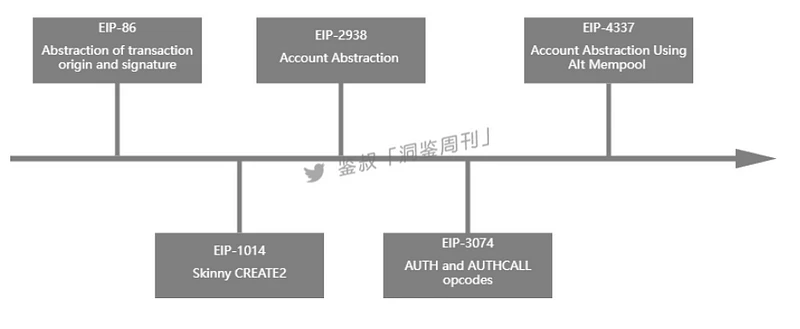
The proposal EIP-4337 was officially authorized as the standard ERC-4337 in March this year, allowing developers to build AA (Account Abstraction) wallets using this standard.
So, how can we understand the operating principle of ERC-4337? When a user initiates a transaction using a traditional EOA account, it can be visualized as sending the "transaction" to the memory pool (Mempool) and waiting for block validators to confirm it on-chain.
In the ERC-4337 standard framework, users do not initiate a transaction; instead, they initiate a "UserOperation." We can liken this to a package because, compared to a "transaction," a "UserOperation" contains information such as the sender's address, identity signature, payer's address, and more complex user instructions, making it more like a package. Users first place this package in a dedicated transfer station (UserOperation Mempool), where the courier (Bundler) organizes and packages it before sending it to the memory pool (Mempool).
Thus, we can fully compare the operation of ERC-4337 to a process of delivering packages for users.

Faced with so many packages, the courier responsible for the transfer station (Bundler) can choose a method similar to that of block validators, prioritizing packages based on who offers higher fees. Once a bundle of packages (bundle transactions) is prepared, the courier does not place this bundle directly into the memory pool for two reasons: first, the instructions written in the package have not yet been executed, and second, the hardworking courier has not yet received payment.
The fees paid by users do not go directly to the courier but remain in their smart contract wallet. To receive this payment, the courier must first call the EntryPoint smart contract, which we can liken to an entry execution machine. Only when the user's package enters this machine will it automatically send the payment from the user's smart contract wallet to the courier.
So, what does this entry execution machine do internally with the packages? First, it will unpack the package internally, verifying the user's identity and estimating whether the funds stored by the user are sufficient to compensate the courier's fees. If the verification passes, the machine will pay the courier the fees and distribute the user's instructions for execution (the tip will be paid regardless of whether the execution is successful), and any excess fees will be refunded to the wallet. If the verification fails, the package will be discarded.
When paying the courier, there is another scenario: if the user's package includes the address information of a payer, the execution machine will check whether the corresponding payer (paymaster) has sufficient funds stored in a designated location. If so, the user does not need to pay this fee. Due to this feature, in practical applications, DApps can sponsor gas fees to attract users, or users can use other ERC-20 tokens to pay the paymaster, achieving flexibility in gas fees.
However, it is worth noting that the courier must pay to activate the entry execution machine, and this process is irreversible. Regardless of how many valid packages there are or whether the estimated fees are accurate, the money spent by the courier will not be refunded. Therefore, to avoid losses, smart couriers will first simulate the entire process using a device similar to the entry execution machine to estimate whether the fees they will receive are sufficient before allowing the package to enter the actual machine.
Thus, under the ERC-4337 standard framework, account abstraction is smoothly achieved without changing Ethereum's foundational protocol, enabling complex features such as batch transactions, social recovery wallets, and gas fee subsidies.
3. AA Wallets Based on the ERC-4337 Standard
Different Wallet Solutions
Before the adoption of ERC-4337, there were other solutions on the market to address the drawbacks of traditional EOA wallets: smart contract (CA) wallets and multi-party computation (MPC) wallets. Below, we will briefly introduce these two types of wallets and compare the advantages of account abstraction (AA) wallets.
- Smart Contract (CA) Wallets
Essentially, these are contracts, with multi-signature wallets being the most common type of smart contract wallet. Users deposit funds into the smart contract, which is controlled by multiple EOA accounts, and all transactions are executed through the contract. Because contracts have logic, they can control assets more securely. Such wallets may not have much use for individuals but are very effective for organizations like companies. For example, GnosisSafe is one such wallet. Of course, there are also smart contract wallets that have not used the ERC-4337 standard but have achieved similar account abstraction functions through other technical means, such as Argent.
- Multi-Party Computation (MPC) Wallets
Multi-Party Computation (MPC) wallets refer to a single private key controlling an EOA being split into smaller fragments and held by multiple parties. When conducting a transaction, these fragments are combined. Because the private key is distributed across different servers, it is more secure. Examples include Fireblocks and ZenGo wallets.
- Comparison of Different Wallet Advantages and Disadvantages
To visually illustrate the differences and advantages of various wallet solutions, we categorize wallets into MPC wallets, multi-signature wallets, ERC-4337-based AA wallets, and non-ERC-4337-based AA wallets.

From the comparison in the above image, it is clear that ERC-4337-based AA wallets outperform other types of wallets in terms of usability, security, and functionality.
Overview of ERC-4337-Based AA Wallets
- UniPass
In May of this year, UniPass announced a merger with hardware wallet Keystone to form Account Labs, focusing on account abstraction and jointly developing Web3 account abstraction solutions. The CEO of Account Labs is Liu Lixin, the original founder of Keystone, while the original founder of UniPass, Zhixian, serves as COO.
UniPass has already implemented features that allow users to log in and recover wallets using social methods and to pay gas fees flexibly. It is currently compatible with ERC-4337 and has revealed plans for further upgrades in the second half of this year to accelerate the realization and implementation of account abstraction capabilities.
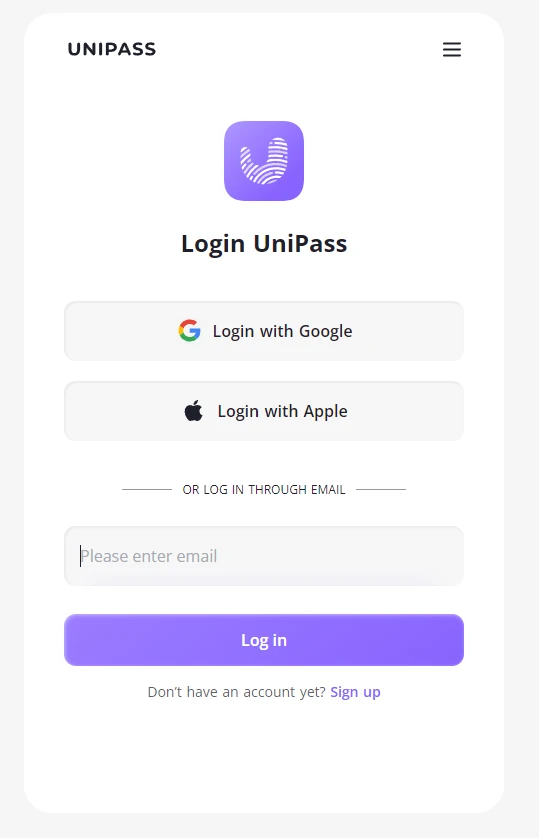
- Echooo Wallet
Echooo Wallet is an AA wallet built on the ERC-4337 standard, combining MPC and AI technologies, supporting multiple signatures and social recovery, among other features. Established in 2022, Echooo Wallet completed a $15 million funding round at a valuation of $100 million on July 17, with participation from A&T Capital, and launched a "limited-time AA wallet giveaway" event that evening, attracting attention.

- OKX Web3 Wallet
On August 2, OKX Web3 Wallet officially launched an AA smart contract wallet based on the ERC-4337 standard, becoming the first AA smart contract wallet to support seven major public chains: Ethereum, Polygon, Arbitrum, Optimism, BNB Chain, Avalanche, and OKT Chain. The OKX AA smart contract wallet received official recognition from ERC-4377 the day after its launch, stating that its design at the user UX level is very comprehensive (the original tweet has since been deleted).
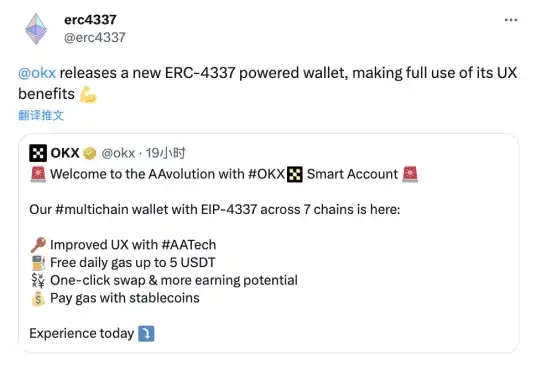 Currently, OKX's AA smart contract account can be easily created in the new version of the OKX app and has already implemented various features such as flexible gas fee payments, one-click DEX swaps, one-click DeFi mining, and one-click bulk NFT listings. Additionally, to incentivize users, a limited-time gas-free event has been launched, with a maximum of 5 U.
Currently, OKX's AA smart contract account can be easily created in the new version of the OKX app and has already implemented various features such as flexible gas fee payments, one-click DEX swaps, one-click DeFi mining, and one-click bulk NFT listings. Additionally, to incentivize users, a limited-time gas-free event has been launched, with a maximum of 5 U.
4. Thoughts and Conclusion
In Vitalik's vision, he hopes to make managing cryptocurrency wallets as simple as managing email accounts through account abstraction. The vision of account abstraction is indeed very appealing, and some supporters even predict that successful AA wallets will convert a large number of Web2 users to the crypto industry and promote a new ecological explosion.
However, in the crypto space, the more a concept is wildly optimistic, the more we need to analyze it calmly. According to data from Dune, despite the relatively mature operating mechanism of ERC-4337, some on-chain Bundlers have still incurred significant losses this year. As shown in the chart, in July of this year, aside from the Bundlers on Optimism and Ethereum, those on other chains did not see significant gains.
Under the value logic of blockchain, every action is regulated by objective incentive and punishment mechanisms. If the high losses of Bundlers are not effectively addressed, it will clearly weaken their motivation to act, which is detrimental to the overall operation of the system.
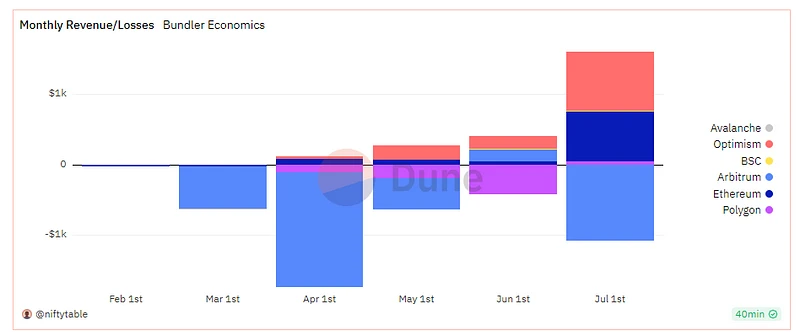
Another question worth pondering is whether AA wallets can lower the barrier for users to use wallets but will this necessarily attract more users? In the "2023 Cryptocurrency Wallet Report" released by imToken, a random survey of 180 crypto users found that 63% preferred using custodial wallets from exchanges because they are cheaper and more convenient, with a lower risk of being hacked.
AA wallets may be able to capture users from custodial wallets like exchanges, but they alone may not attract more Web2 users to join the crypto industry. From past successful DeFi, NFT projects, or applications like StepN, we can see that attracting Web2 users often requires either practical use cases that address specific pain points or a strong wealth effect. Improving the wallet usage experience is indeed a nice addition, but whether it can play a crucial role in the current bear market remains to be seen.
Therefore, for account abstraction to achieve the expected effects, it requires not only the efforts of AA wallets but also a collaborative effort from the AA ecosystem, from the application layer down to the infrastructure.
Let us wait and see.

Related Projects
Latest News
10月 11, 2025 18:54:51
10月 11, 2025 18:52:43
10月 11, 2025 18:46:52
10月 11, 2025 18:33:04

